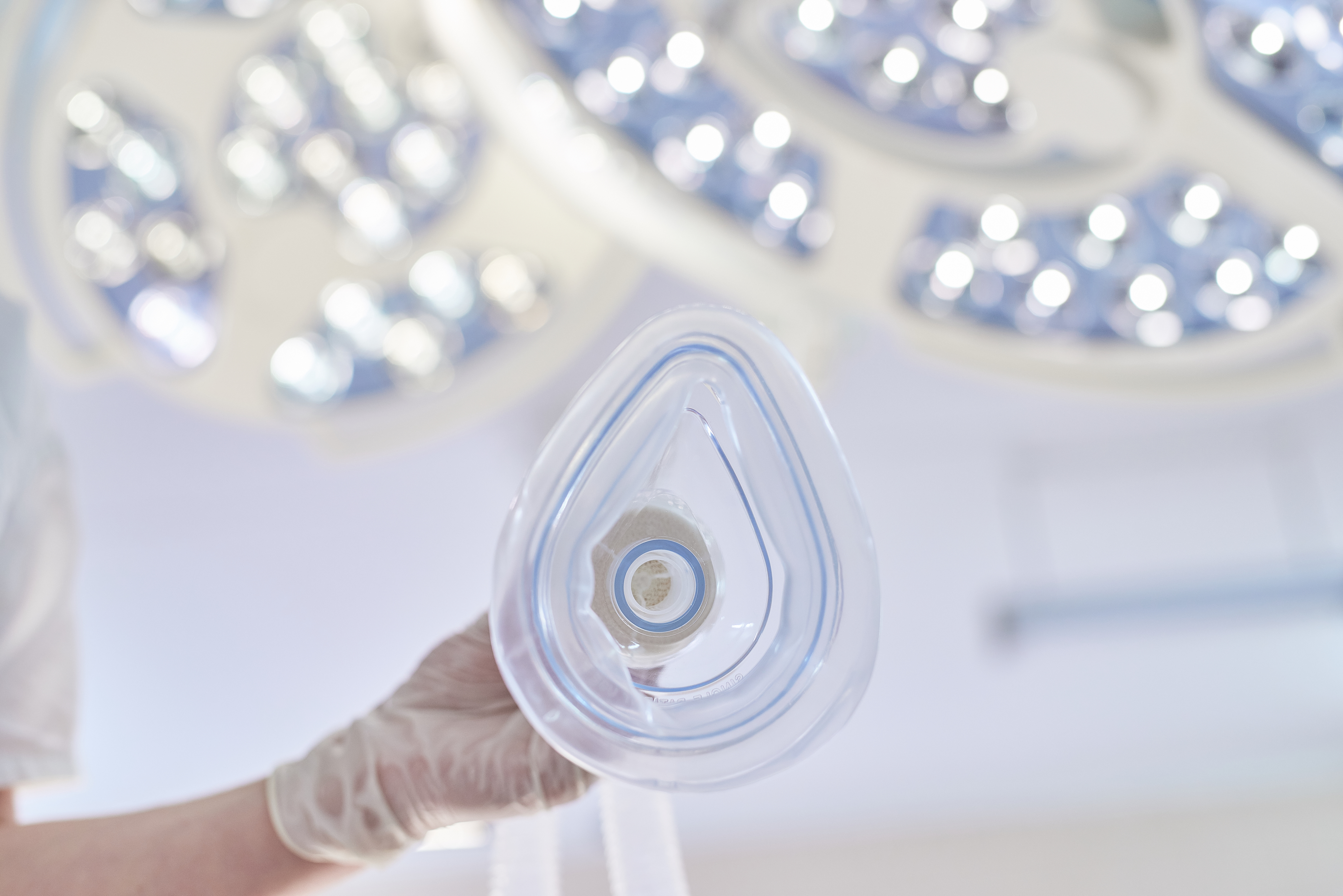
(Vienna, 19 August 2021) Before any operation, it is important to properly assess the individual risk: Are there perhaps circulatory or pulmonary problems that need special consideration? To what extent can special risks be taken into account when planning the anesthesia? Until now, one had to rely on rather subjective empirical values or, in case of doubt, carry out more elaborate examinations. Now, for the first time, a device has been developed by the TU Wien and MedUni Wien to measure the "fitness of the cardiovascular and pulmonary system" of patients in a simple and objective way. The invention has already been patented internationally, the results are promising and the first clinical studies are being planned.
Pre-op interviews are important – but subjective
Complications repeatedly occur after surgical interventions. In addition to blood loss and sepsis, perioperative cardiovascular and pulmonary problems are among the most common causes of death in the first 30 days after surgery.
To minimize this risk, anesthesiologists routinely talk to patients before surgery, in addition to measuring their blood pressure, performing an electrocardiogram, or conducting more laborious examinations. But assessing responses can be highly individualized. "There are also objectively measurable parameters by which one could easily identify possible risks," says Prof. Eugenijus Kaniusas (TU Wien, Faculty of Electrical Engineering and Information Technology). "So far, however, they have not been routinely measured."
Just hold your breath for a moment
This is about to change: A new device can use multiple sensors to determine key metrics in a completely non-invasive way. All you have to do is hold your breath for a short time to outbalance slightly your body. The body responds reflexively with various biosignals. "Holding your breath is a mild stress for the body, but that is already enough to observe changes in the regulatory cardiovascular and pulmonary systems," explains Eugenijus Kaniusas. "Oxygen saturation in the blood, heart rate variability, certain characteristics of the pulse waveform - these are dynamic parameters that we can measure in a simple way, and from them we could ideally infer individual fitness in general, especially before surgery."
The device is non-invasive, so one doesn't need medical training to operate it, and there is no danger from side effects. The result is easy to read: A rough assessment according to the three-color traffic light system or a score between 0 and 100 is displayed.
The measurement can also be carried out at the bedside without any problems for people with limited mobility. "Our laboratory prototype is being tested at MedUni Wien in cooperation with Prof. Klaus Klein from the University Department of Anesthesia, General Intensive Care Medicine and Pain Therapy. We hope to bring the device to market in the next 5 years with the help of research and transfer support," says Eugenijus Kaniusas. The patenting was supported by the Research and Transfer Support of TU Wien and MedUni Wien.
More information in the Youtube video: https://www.youtube.com/watch?v=z0sx3QSgUQMKontakt